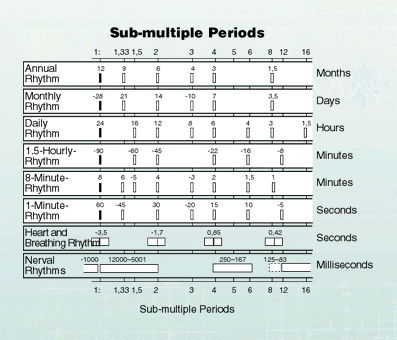Introduction to the University of the Future
Peter Hübner
Developer of the University
Research & Development
Co-operative Projects
| WORLD UNION OF THE ACADEMIES OF ACADEMIC EXCELLENCE |
| WORLD UNION OF THE ACADEMIES OF ACADEMIC EXCELLENCE |
| SCIENTIFICALLY INTRODUCING UNIVERSALITY TO ACADEMIC LIFE |
| Faculties: Music & Musicology · Philosophy · Medical Sciences · Education · Pythagoras · Consciousness · Humanities · Natural Science · The Dragon · The Veda · Culture · Opera & Arts |

© 1998- WORLD UNION OF THE ACADEMIES OF ACADEMIC EXCELLENCE
Design by
GLOBAL WEB DESIGN
one of the global services of United Productions International
“We integrate thoughts and ideas”